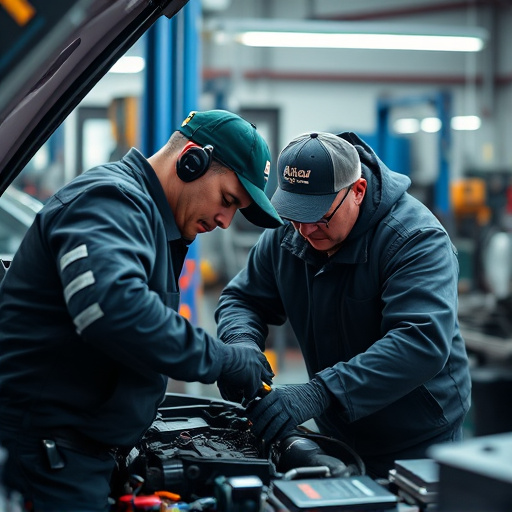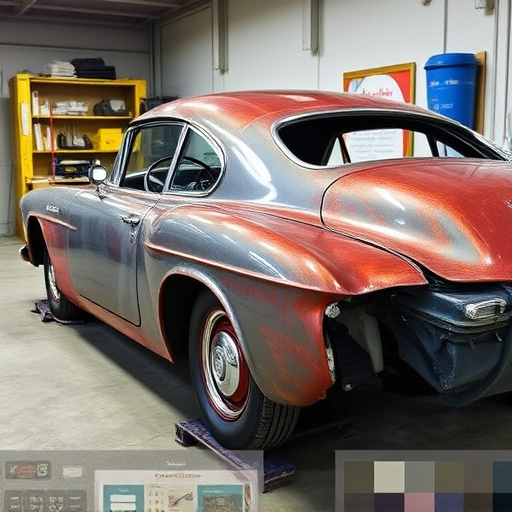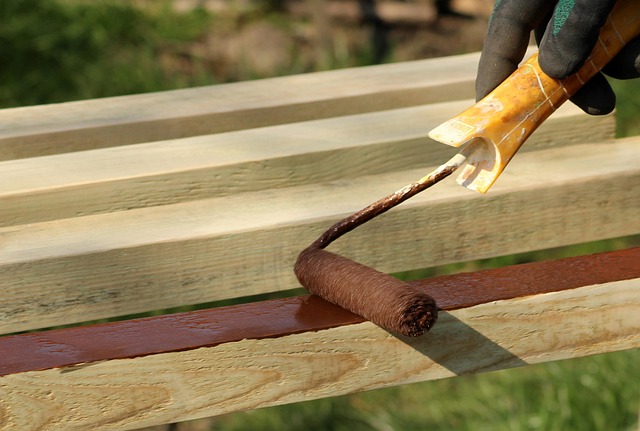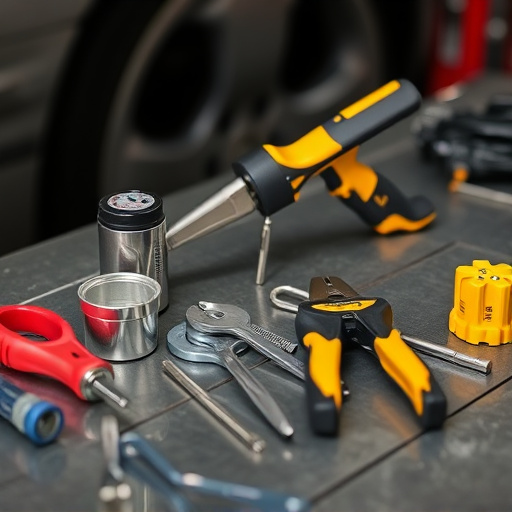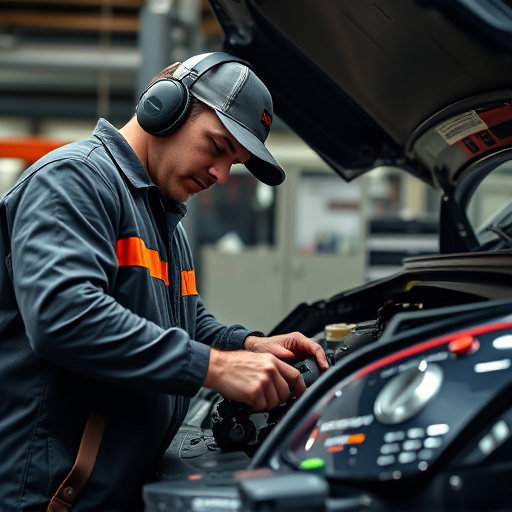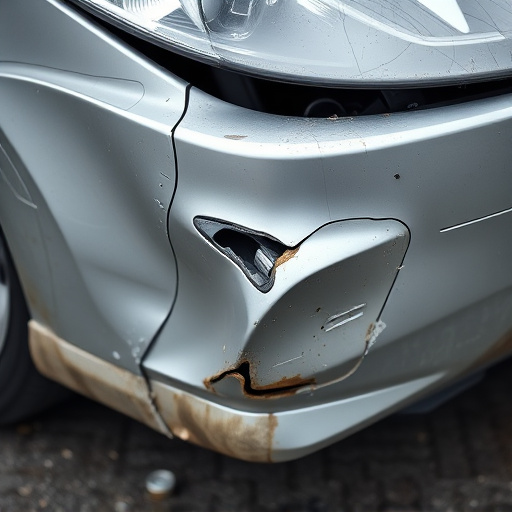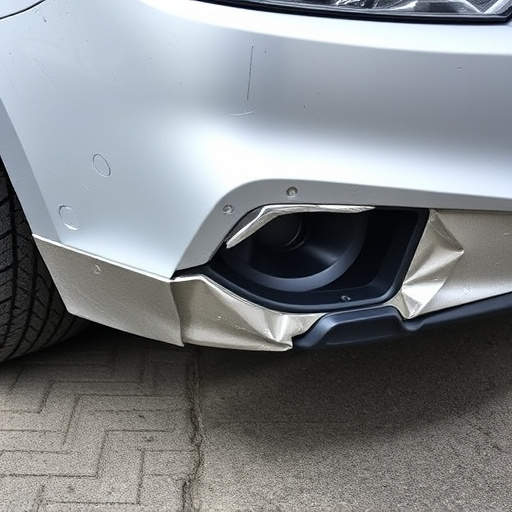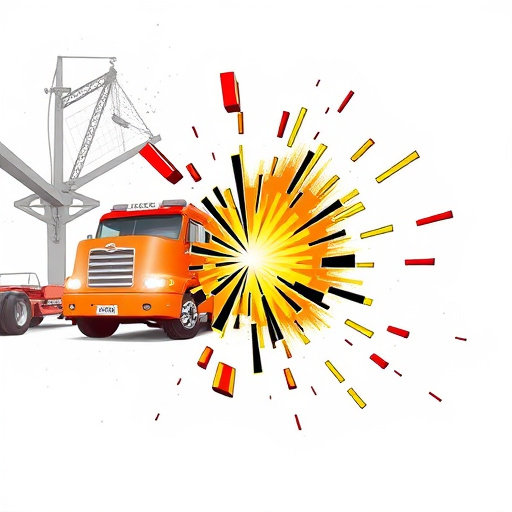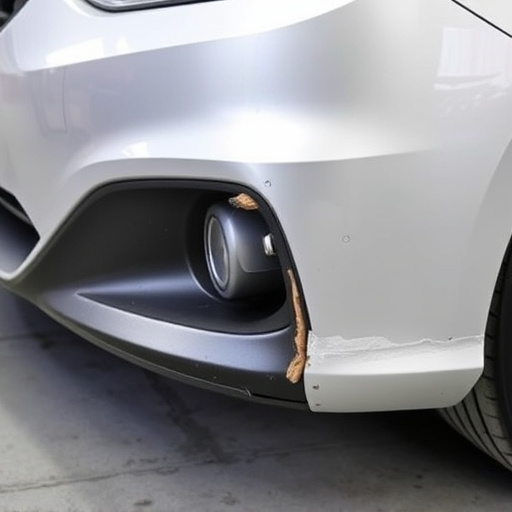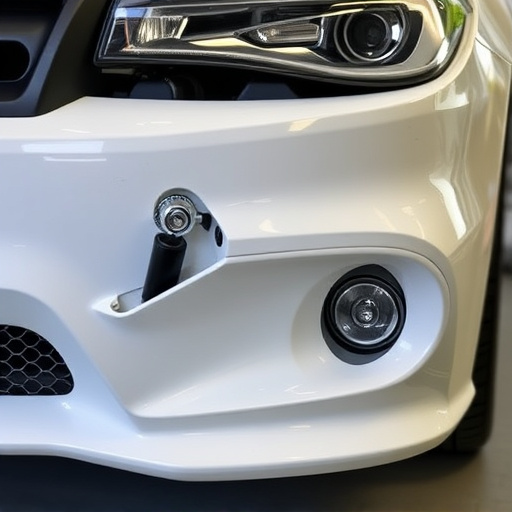Mercedes high-strength steel repairs require specialized skills and precise heat control to maintain structural integrity. Skilled technicians use advanced techniques to assess, cut, and realign damaged areas without compromising vehicle performance or safety standards, ensuring top-quality restoration for luxury vehicles. Choosing a reputable auto body shop specializing in this service is crucial for effective and durable repairs.
Mercedes high-strength steel repair requires advanced techniques, such as precise heat control methods. This article delves into the intricate process of repairing these robust materials found in modern Mercedes vehicles, ensuring structural integrity and longevity. We explore the significance of controlled heating to preserve material properties while making repairs. Additionally, we discuss strategies for maximizing durability after the repair process, ultimately safeguarding the vehicle’s safety and performance.
- Understanding Mercedes High-Strength Steel
- Repair Techniques: Precision Heat Control
- Ensuring Durability After Repairs
Understanding Mercedes High-Strength Steel

Mercedes high-strength steel is renowned for its exceptional strength and durability, making it a preferred material in luxury vehicle construction. This advanced steel grade is designed to withstand extreme forces without compromising structural integrity, ensuring passenger safety and performance. Understanding this unique metal is crucial when considering Mercedes high-strength steel repair, as it requires specialized techniques and precise heat control methods.
Automotive collision repair specialists must be adept at handling such intricate repairs to maintain the vehicle’s original strength and characteristics. The process involves careful assessment, precision cutting, and controlled heating to realign and reshape the steel without weakening its structural bonds. This meticulous approach guarantees that the repaired area matches the high standards set by Mercedes-Benz, ensuring a safe and reliable luxury vehicle repair experience.
Repair Techniques: Precision Heat Control

Mercedes high-strength steel repair requires advanced techniques, and one such critical method is precise heat control. This specialized process plays a pivotal role in restoring the structural integrity of high-strength steel components used in modern vehicles, particularly in Mercedes models known for their robust engineering. By carefully managing the temperature, skilled technicians can effectively treat and reshape the affected areas without compromising the overall strength or performance of the vehicle body shop.
Precision heat control involves heating the damaged area to a specific temperature, then applying controlled cooling to achieve the desired mechanical properties. This technique is particularly useful for fender repair or collision damage repair, ensuring that the repaired section matches the original material’s characteristics. The method allows for precise adjustments, making it ideal for intricate repairs where accuracy is paramount, and helping to maintain the vehicle’s overall structural stability and safety standards.
Ensuring Durability After Repairs

After a Mercedes high-strength steel repair, ensuring durability is paramount. Advanced heat control methods play a crucial role in this process, as they help to realign molecular structures and maintain the integrity of the metal. This meticulous approach guarantees that the repaired area matches the original strength and performance standards set by Mercedes.
Choosing a reputable auto body shop specializing in Mercedes high-strength steel repair is essential for achieving long-lasting results. Skilled technicians employ specialized automotive repair services to assess, fix, and optimize the damaged areas. Unlike general car repair services, these experts are trained to handle the intricate materials and precision techniques required for top-tier repairs, ensuring your vehicle returns to its peak condition and safety standards.
Mercedes high-strength steel repair requires advanced techniques, such as precise heat control methods, to ensure structural integrity and longevity. By understanding the material’s unique properties and employing specialized repair techniques, professionals can restore damaged components while maintaining the vehicle’s overall performance and safety standards. These meticulous approaches are vital for preserving the quality and reliability of Mercedes vehicles, addressing a crucial aspect of automotive maintenance.
